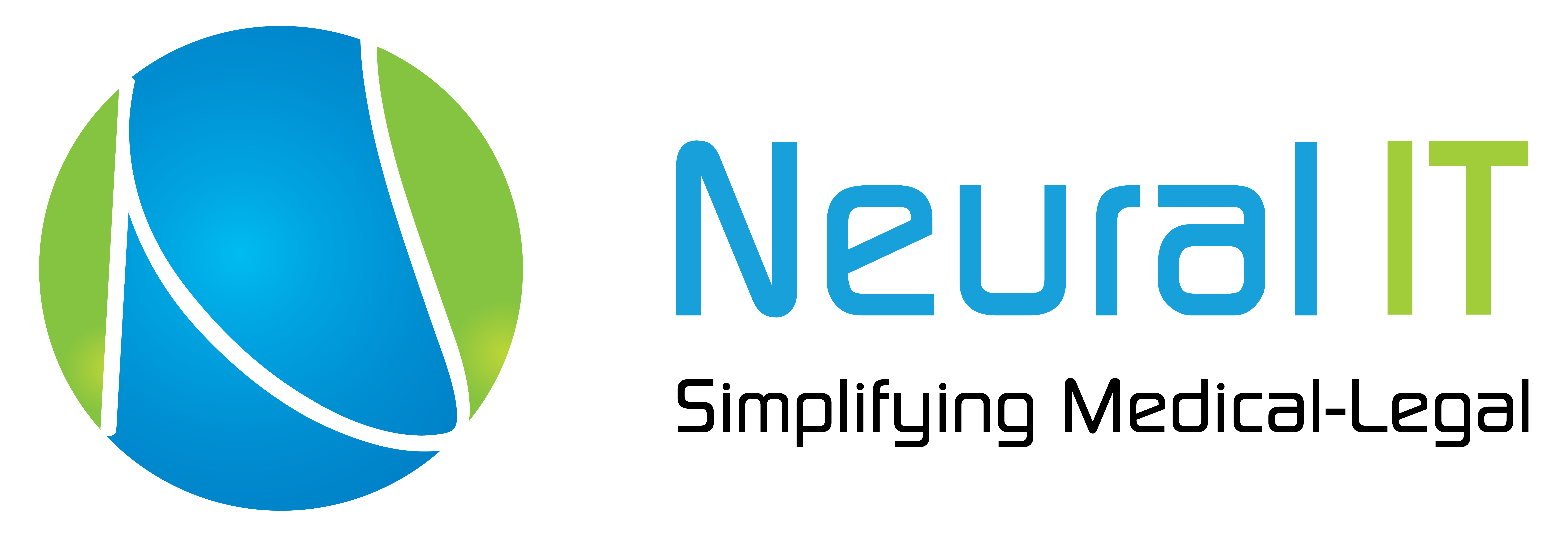FDA to Reinvigorate the 510(k) Program

Introduction
The 510(k) clearance process was introduced in 1976; very soon it became a preferred choice for most of the manufacturers to fast-track the approval of their medical device by simply establishing a set of similarities of their product to a predicate. The FDA could do very little due to the lack of any information related to the dangerous effects of the device over the long term. In due course, new medical devices hit the market only time would decide their fate in regards to safety, reliability, and accuracy.
Despite the FDA issuing several guidances on 510(k) clearance practices, it has drawn flak from U.S. lawmakers and others for not being sufficiently strict in some of its practices. The mounting failure reports of the 510(k) approved devices designed on decades-old technology, and the gaps in the process itself awakened the FDA to take measures to revive this age-old process.
Through the development and finalization of several key programmatic guidance documents and through significant improvements in meeting performance goals set under the Medical Device User Fee Act (MDUFA), the FDA stated it intends to improvise on the predictability and transparency of premarket review to keep pace with the growing impact of advancement in technology to aid improvement and longevity of lives.
Section 510(k) of the Federal Food, Drug, and Cosmetic Act:
- Section 510(k) enables the FDA to conclude whether a device is equivalent to a device already present in the market. It requires the manufacturers to inform the FDA, at least 90 days in advance, of their intent to market a medical device.
- The 510(k) process is not considered to be "approved" by the FDA. However, the devices can be marketed and sold in the U.S. and are referred to as "cleared" or "510(k) cleared" devices.
- According to a 2011 study published in the Archives of Internal Medicine, several medical devices that had been cleared by the FDA, using the less stringent and cheaper 510(k) process, were recalled for "serious health problems or death."
So what are some of the key initiatives taken by the FDA in this regard?
Around 50 final guidance documents on the important medical device, policy issues have been issued since 2009.
A Medical Device Safety Action Plan was outlined in April 2018 to protect patients and promote public health.
In November 2018, the FDA released a statement stating its firm belief in the merits of this nearly 40-year process.
The quality and quantity of information required in 510(k) submissions show an increase with the current average of 1,185 pages, compared to 475 pages in 2009.
A decrease in average application reviewing time, indicating a more robust and efficient program.
Recently, the FDA also released an important and ambitious new goal; the statement reads “Ensuring that the FDA is consistently first among the world’s regulatory agencies to identify and act upon safety signals related to medical devices.’’ Steps were also taken to plan on providing updates on new funding for the National Evaluation System for health Technology (NEST), to demonstrate how NEST would be implemented and the advances made in developing a women’s health coordinated registry network to help strengthen NEST.
What about faulty predicates?
To promote product safety, the FDA has also shown aggressive movement in their ‘’up-classifying” process to eliminate the use of 510(k)-cleared predicates when the devices raised safety concerns that warranted treating them as high-risk technologies. This means, before this ‘’risky’’ product can continue remaining on the market, it will have to be reassigned to Class III and clear the premarket approval. Some of the devices that have been ‘up-classified’ and can no longer be brought by the 510(k) process are vaginal mesh for the treatment of pelvic organ prolapse, automated external defibrillators, and metal-on-metal hip implants.
1,758 devices were made ineligible as predicates in the 510(k) process. 84% of these (1,477) have been up-classified since 2012.
Some Important Points
The FDA 510(k) Program is also referred to as premarket notification (PMA).
In 2017, CDRH cleared 3,173 devices through the 510(k) pathway, representing 82 percent of the total devices cleared or approved.
Data shows that nearly 20 percent of the current 510(k)s are cleared based on a product more than 10 years old.
The Future
The FDA plans to issue a proposed rule clarifying procedures and requirements for submissions of De Novo requests, further advancing the need to establish a regulatory framework that sets clear standards, expectations, and processes for De Novo classification as a way to continue to modernize the 510(k) process.
Conclusion
No matter how well-designed and thoroughly tested these products are, there are certain risks that can never be predicted. Some areas still remain grey in spite of the FDA taking appropriate action, such as cases involving inadequate reprocessing of reusable devices, highlighting the system is not completely in place to address time-sensitive public health issues.
In spite of such a robust regulatory process and stringent procedure, thousands of liability lawsuits remain filed across the nation because the FDA failed in testing them. Lawsuits over medical devices have resulted in billions of dollars in compensation for victims. The challenge is to utilize time and resources wisely and encourage manufacturers to take the necessary voluntary actions to mitigate risk.




